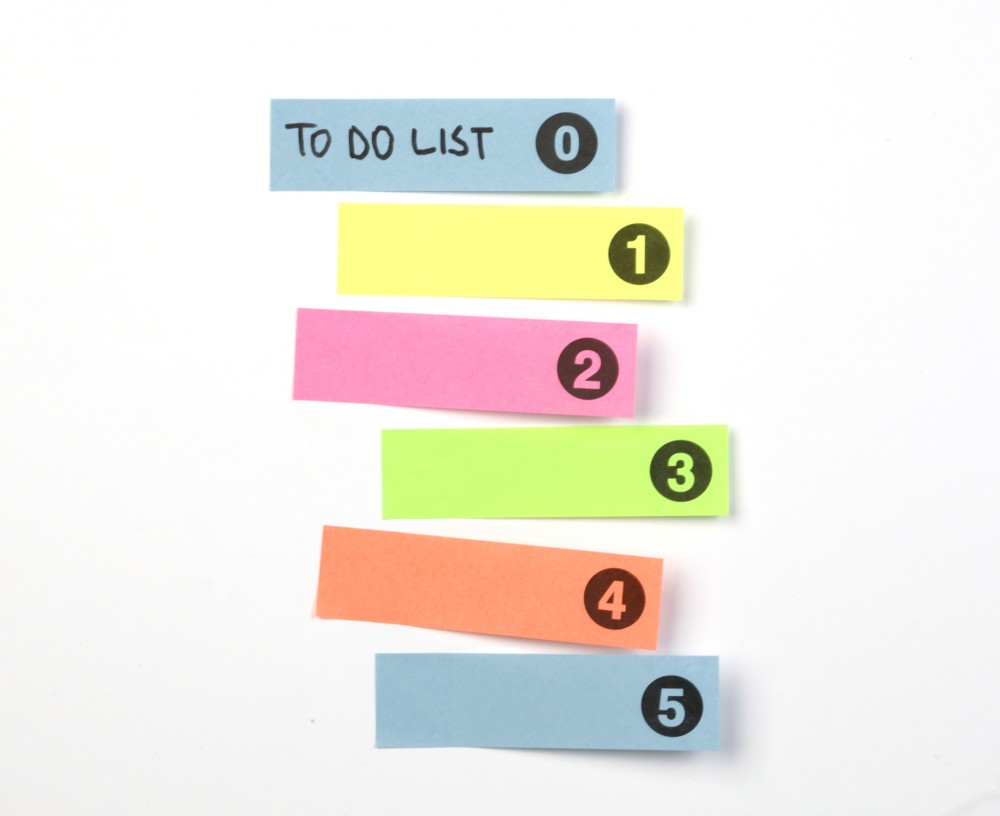It’s no secret that in today’s professional landscape, your habits will make or break you. Competitive demands are high, required experience for select career paths is always on the rise and hey, so is rent in Toronto (or so it seems). The pressure is definitely on, for millennials.
In order to maintain our status as capable, efficient and progressive candidates within the professional realm, we have to continuously learn how to work smarter. After all, productivity is all about efficiency. So the question becomes, what can we do to best transform our work habits and daily routines? How can we adopt the tried and true processes of industry mavericks and leaders, to apply them to our own, burgeoning careers and goals?
1. Avoid Fragmented Work
We’ve all been there — your fingers are steadily pounding away at your keyboard while you work through a task item, only to feel your concentration stream suddenly broken by the jarring ping of a new incoming email or notification. More often than not, we aren’t (naturally) great multi-taskers. In a workplace where things move and shift quickly and often, it’s easy to find yourself switching back and forth between different task streams as things come up throughout the day. While this might make us feel busier/more productive than ever, it actually takes an average of 26 minutes to recover from trivial interruptions and task-switching. Consider this the curse of fragmented work.
The solution? Plan out your day and make a commitment to finish tasks before moving on to the next. Honour that commitment, and enjoy the professional flow you’ll start to establish as you get into the habit of not moving on to another task, before you’ve completed the current one.
 2. Make Your To-Do Lists Work for You, Not Against You
2. Make Your To-Do Lists Work for You, Not Against You
A lot of people procrastinate simply because they aren’t sure what their next action should be. When you actually make the determination of what to do next, is when you make progress. This is where to-do lists come into play.
An effective to-do list requires you to be realistic about what you can get done, and what takes priority. Our advice? Split your list up into the following segments, which you can separate by colour coding (highlighting etc.) or keeping them in 3 separate lists or silos:
Tier 1 — Your daily list of 3-5 priority items you MUST get done (no exceptions)
Tier 2 — Things that you will complete that day, if possible, but do not take precedent to your priority items
Tier 3 — Items on the horizon for later that week, or the following week. You’re aware of them, but they aren’t competing for your attention (yet)
Added Pro Tip: Do your least desirable tasks first thing in the morning: This ensures you don’t continuously put off a task that needs to be completed, simply because you are dreading it. Get it out of the way, and then move forward.
Also make it a habit to always write our your to-do lists, as the act of putting your intentions on paper will help to ensure you stick to them.
3. Use David Allen’s ‘Two Minute Rule’
David Allen is a time management consultant and best-selling author who develops productivity and improvement programs for professionals all over the world.
David Allen’s now-famous ‘Two Minute Rule’ says the following: Believe it or not, most of the tasks that you procrastinate on aren’t actually difficult to do… you just avoid starting them for one reason or another. If you determine an action can be done in two minutes, you actually should do it right then because it’ll take longer to organize it and review it than it would be to actually finish it the first time you notice it. This will help to ensure your projects move forward incessantly by preventing the overload of many small things, nagging at your progress.
4. Say ‘No’ to Notifications
We live in a world where we are always plugged in. Most days, our iPhone or Desktop screens might be jumping to life every few minutes with a new text or notification. But as an extension to #1 above, this can be a costly distraction and time-suck. Switch off popup notifications on mobile devices and on desktop. You can’t be tempted (or side-tracked) by what you don’t see. Shut off what you don’t need — even put your phone or tablet on airplane mode if that helps you — and get to work.
5. Invest in the Right Tools
Productivity/organizational tools can be an absolute lifesaver, when used consistently. Take some time to determine what tools help you to be more productive. Need a comprehensive project management tool to map out the status of each task and project you’re working on? Check out DaPulse. Need a more immediate communication stream than email? Try Slack. Looking for an appointment scheduling tool that allows your clients or co-workers to view your calendar and book appointments with you? Take a look at Setmore. Need to better track your time management? Try Toggl.
For a visual task board to view the bigger picture of your team’s projects and tasks, check out Trello (it’s free). The project management tool allows you to create simple, visual progress boards to assign tasks, add comments, attach documents, use an interactive calendar and more. You can use these boards to move items from “Assigned”, “In Progress” and “Completed” or “Leads”, “Meeting Scheduled” and “New Client Confirmed” etc., which is basically an organizational dream.

